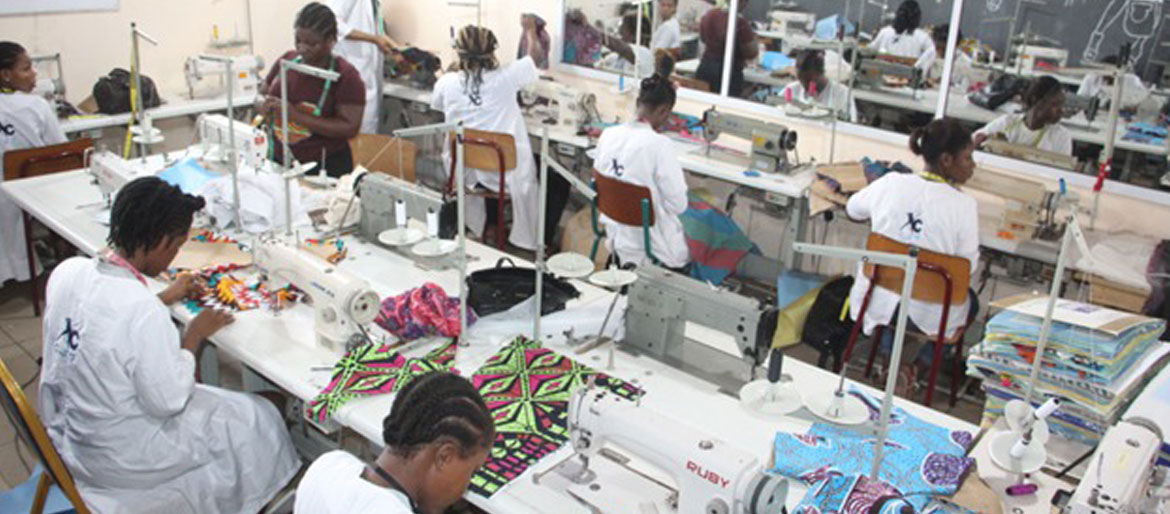
Ghana’s fashion and textile landscape has evolved far beyond the realm of traditional artistry; it has become a thriving creative economy that bridges heritage with modern enterprise. What began as cultural expression through weaving, dyeing, and beadmaking has grown into a powerful economic and social force that defines Ghana’s place on the global fashion map.
Across the country, thousands of artisans, designers, and creative entrepreneurs form a dynamic ecosystem that sustains livelihoods, empowers women and youth, and drives innovation. Tailors, weavers, dyers, embroiderers, beadmakers, and accessory craftsmen together make up a network of creative industries that not only preserve ancestral craftsmanship but also generate jobs and income for communities.
Modern designers are redefining what it means to be Ghanaian by transforming heritage into high fashion. By merging traditional textiles such as Kente, Fugu, and African print with global design trends, they are telling new stories through style. Ethical fashion, sustainable sourcing, digital printing, and eco-friendly production have become central to this new wave of creative expression. Designers like Christie Brown, Pistis, and Kwaku Bediako (Chocolate Clothing) exemplify how local craftsmanship can thrive on international runways while retaining cultural authenticity.
The revival of local textile manufacturing from the reopening of long-standing mills to the rise of boutique handweaving studios signals a renewed national awareness that culture and commerce can coexist. Institutions such as the Accra Centre for National Culture, the Ghana Museums and Monuments Board, and fashion schools across the country continue to nurture young talent, ensuring that traditional knowledge and modern technology grow hand in hand.
Fashion festivals, exhibitions, and collaborative platforms under initiatives like the Black Star Experience are helping to connect heritage with opportunity. These events bring together master craftsmen, emerging designers, and investors, fostering mentorship, innovation, and cross-cultural dialogue. Through them, Ghana’s creative industry strengthens its global reputation as a hub for authenticity and excellence.
The fashion and textile sector is also making strides toward sustainability. Many artisans now use recycled fabrics, natural dyes, and biodegradable materials, promoting environmental consciousness while maintaining cultural aesthetics. Beadmakers reuse glass and metals; textile artists rediscover natural fibers; and designers promote slow fashion as a counter to mass production.
Ultimately, fashion in Ghana has evolved from being a symbol of cultural identity into a transformative tool for economic empowerment and global recognition. It is an industry where heritage meets innovation, where the artistry of the loom meets the creativity of the digital age. Every stitch, pattern, and bead tells a story not just of beauty and pride, but of progress and purpose.
As we celebrate Fashion, Textile and Accessories Month, we celebrate a narrative woven through time, from ancestral looms to global runways. Our fashion is not static; it breathes, evolves, and tells the world who we are.
Every stitch, every bead, every design represents a story of creativity, continuity, and courage. Fashion in Ghana remains the heartbeat of our cultural heritage, bridging the old with the new and inspiring us to imagine the future with pride and authenticity.
In this month-long celebration, may we not only admire the garments but also honour the generations of artisans, weavers, and dreamers whose hands have dressed our nation in glory.
